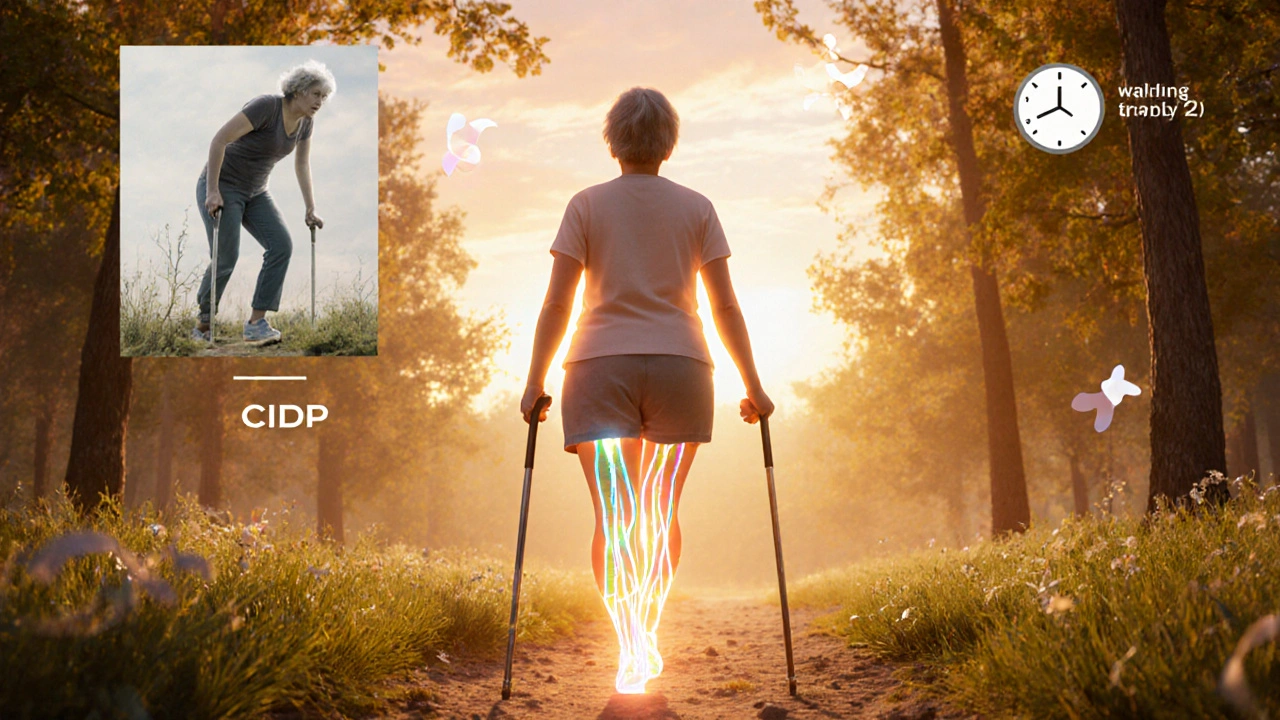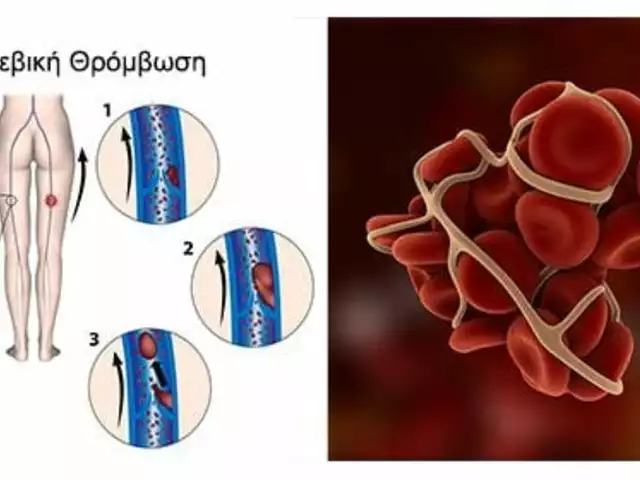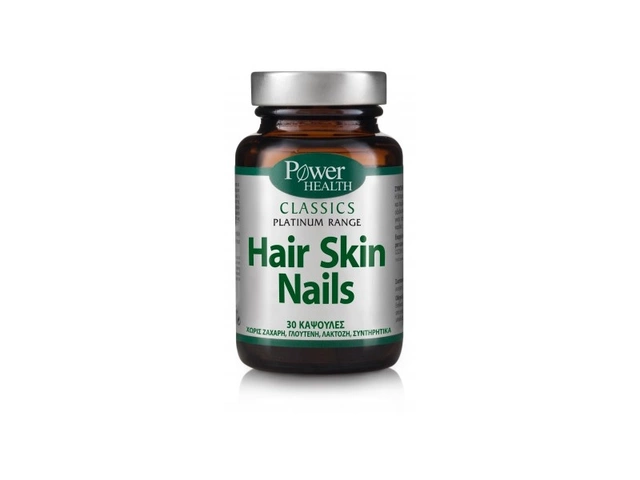IVIG Therapy for Autoimmune Disorders: How Immunoglobulin Works and When It’s Used

IVIG therapy isn’t a cure, but for many people with stubborn autoimmune diseases, it’s the turning point. When your immune system turns on your own body-attacking nerves, muscles, skin, or blood cells-standard drugs like steroids or methotrexate sometimes don’t cut it. That’s where IVIG comes in. It doesn’t suppress your immune system like most treatments. Instead, it resets it. And for thousands, it means walking again, regaining strength, or avoiding a hospital stay.
What Is IVIG, Really?
IVIG stands for intravenous immunoglobulin. It’s a purified mix of antibodies collected from thousands of healthy donors. These aren’t synthetic drugs. They’re natural human antibodies, pooled, filtered, and cleaned to remove viruses and other contaminants. Think of it as borrowing your body’s own defense system to calm down an overactive one.
It’s been around since the 1950s, but back then, it was only for people born with weak immune systems. By the 1980s, doctors noticed something strange: patients with autoimmune conditions like immune thrombocytopenia (ITP) or Guillain-Barré syndrome started improving after getting IVIG. That’s when the real shift happened. Today, it’s not just an option-it’s a standard tool for specific autoimmune disorders.
How Does IVIG Actually Work?
It’s not just about adding antibodies. IVIG works in multiple ways at once, like a reset button for your immune system.
- It blocks harmful autoantibodies that attack your tissues.
- It tells immune cells like macrophages to stop eating your own platelets or nerve coverings.
- It reduces inflammation by calming down cytokines-the signals that cause swelling and damage.
- It helps regulate T-cells and B-cells, the immune system’s commanders, so they don’t keep sending attack orders.
This multi-target approach is why IVIG works where other drugs fail. It doesn’t just dampen the immune system-it corrects its behavior. That’s also why it’s so effective in conditions like Kawasaki disease, where giving IVIG within 10 days of fever can prevent heart damage in 95% of cases.
Which Autoimmune Conditions Respond to IVIG?
IVIG isn’t a one-size-fits-all treatment. It’s approved or strongly recommended for specific conditions based on decades of research.
- Kawasaki disease (in children): First-line treatment. Prevents coronary artery aneurysms.
- Immune thrombocytopenia (ITP): Raises platelet counts in 80% of patients within 24-48 hours.
- Guillain-Barré syndrome (GBS): Speeds up recovery. Used alongside plasma exchange.
- Chronic inflammatory demyelinating polyneuropathy (CIDP): First-line therapy. 60-80% of patients see improvement.
- Dermatomyositis and polymyositis: Helps restore muscle strength when steroids don’t work.
- Systemic lupus erythematosus (SLE): Used in severe cases, especially with low platelets or kidney involvement.
For some conditions, IVIG is a bridge. For others, like CIDP, it’s long-term maintenance. In ITP, it gives a quick boost-often used before surgery or when platelets drop dangerously low. But it’s not for everything. It’s not recommended for autoimmune hemolytic anemia or acquired hemophilia unless it’s life-threatening.
Dosing and How It’s Given
IVIG isn’t a quick shot. It’s an infusion-slow, careful, and usually done in a clinic or hospital.
Typical dose: 1 to 2 grams per kilogram of body weight. For a 70 kg person, that’s 70 to 140 grams. That’s a lot of antibodies. The infusion takes 3 to 6 hours, sometimes longer if you’re sensitive. The first session is often slower, just to make sure you don’t react.
Most people need repeat treatments. For ITP, one cycle might last a few weeks. For CIDP, you might need IVIG every 3 to 4 weeks, forever. That’s the trade-off: it works fast, but it doesn’t last.
Some centers now offer subcutaneous immunoglobulin (SCIG), given under the skin weekly. It’s slower to absorb but allows home treatment. Still, IVIG remains the gold standard for rapid effect.

Side Effects: What to Expect
Most people tolerate IVIG well. About 95% have only mild or no side effects. But you should know what to watch for.
- Headache: Happens in 10-15% of infusions. Often goes away with fluids or acetaminophen.
- Chills, fever, nausea: Common during or right after the infusion. Slowing the drip usually helps.
- Fatigue: Many report feeling drained for a day or two after treatment.
- Low blood pressure or high blood pressure: Rare, but monitored during infusion.
- Kidney issues: Risk in people with diabetes, dehydration, or existing kidney disease. That’s why hydration before and after is critical.
- Blood clots or stroke: Very rare-under 0.5% of infusions-but more likely in older patients or those with heart disease.
Severe reactions like anaphylaxis or aseptic meningitis are extremely rare. Still, every infusion is monitored. Nurses watch your blood pressure, heart rate, and how you’re feeling. If you get a headache during the drip, they’ll slow it down. Simple as that.
Cost and Accessibility
IVIG is expensive. In the U.S., one treatment cycle costs $5,000 to $10,000. In Canada, it’s covered by provincial health plans, but access can still be slow. Some patients wait weeks for an appointment. In rural areas, you might need to travel to a major city for treatment.
That’s why 35% of CIDP patients in one 2023 study stopped IVIG-not because it didn’t work, but because they couldn’t keep up with the time and logistics. Four-hour infusions every month, plus travel, time off work, and recovery? It’s a heavy burden.
There are only four major manufacturers worldwide: Grifols, Takeda, CSL Behring, and Octapharma. They control 85% of the market. Because IVIG is made from human plasma, it can’t be easily copied like a pill. That’s why biosimilars haven’t taken off yet.
How IVIG Compares to Other Treatments
What’s the alternative? Let’s compare.
| Treatment | Onset of Action | Administration | Duration of Effect | Major Risks |
|---|---|---|---|---|
| IVIG | 3-14 days | IV infusion, clinic | 3-6 weeks | Headache, kidney strain, rare clots |
| Methotrexate | 6-12 weeks | Oral or injection | Long-term | Liver damage, low blood counts |
| Plasma Exchange (PLEX) | 1-7 days | Specialized clinic, 2-4 hours | 2-4 weeks | Blood pressure drops, catheter risks |
| Rituximab | 4-8 weeks | IV infusion, monthly | 6-12 months | Infection risk, infusion reactions |
| Thrombopoietin agonists (e.g., romiplostim) | 1-2 weeks | Weekly injection | Long-term | Bone marrow changes, clotting |
IVIG wins on speed and safety. It’s often used when steroids aren’t an option-like in pregnancy, or for people with diabetes or osteoporosis. It’s also the go-to when other drugs have failed. And unlike PLEX, it doesn’t require expensive machines or specialized staff.

What’s New in IVIG Research?
Science is moving fast. Researchers are finding ways to make IVIG better.
A 2023 study showed that adding specific sugar molecules (sialylated glycans) to IVIG boosts its anti-inflammatory power. That could mean lower doses, fewer side effects, and less cost.
At Rockefeller University, scientists created a lab-made version that’s 10 to 100 times more potent than current IVIG. It’s still in animal testing, but if it works in humans, it could change everything.
Combining IVIG with rituximab is another promising path. One 2024 review found that 92% of patients with hard-to-treat autoimmune diseases improved when both were used together.
And now, doctors are looking at IVIG for long COVID-where autoimmune-like symptoms linger after infection. Early results are mixed, but it’s being tested.
Who Benefits Most?
Not everyone responds. Age, sex, and lab markers matter.
- In Kawasaki disease, older children and boys are more likely to not respond.
- In GBS, older adults have worse outcomes-even with IVIG.
- People with severe muscle weakness in myositis often see the biggest gains: one trial showed 68% improved muscle strength by 20% or more in just 4 weeks.
- Patients with stable kidney and heart function do best.
For pregnant women with autoimmune conditions, IVIG is often the safest option. Many other drugs are off-limits during pregnancy, but IVIG doesn’t cross the placenta in harmful amounts. It’s used to treat fetal immune disorders too.
Real-Life Impact
One patient I spoke with-a 52-year-old teacher with CIDP-couldn’t walk without a cane before IVIG. After three infusions, she was hiking again. She gets treatment every four weeks. She hates the time it takes, but she hates the alternative more.
Another, a 9-year-old with ITP, had platelets below 10,000. Bleeding gums, bruises everywhere. After one IVIG cycle, her platelets jumped to 150,000 in 36 hours. She went back to school the next week.
These aren’t rare cases. They’re the norm for the right patients. IVIG doesn’t fix the root cause of autoimmune disease. But it gives people back their lives-while researchers work on better solutions.
What’s Next?
IVIG isn’t going away. Demand is rising-up 300% in the last decade. As autoimmune diseases become more common, so will the need for safe, fast-acting treatments.
Home-based subcutaneous infusions are expanding. Personalized dosing based on how fast your body clears the antibodies is being tested. And if that new lab-made version works, we could see a future where IVIG is cheaper, stronger, and easier to use.
For now, it’s still the best tool we have for many autoimmune conditions. It’s not perfect. It’s not cheap. But for those who need it, it’s life-changing.
Is IVIG therapy safe for children?
Yes, IVIG is widely used in children, especially for Kawasaki disease and immune thrombocytopenia. It’s one of the most studied treatments for pediatric autoimmune conditions. Side effects are usually mild-headache, fever, or chills-and serious reactions are rare. In Kawasaki disease, IVIG given within 10 days of fever reduces the risk of heart damage by 95%.
How long does IVIG stay in your system?
The antibodies from IVIG last about 3 to 6 weeks in your body. That’s why most autoimmune patients need repeat infusions every 2 to 8 weeks. The exact timing depends on your weight, how fast your body breaks down antibodies, and the condition being treated. For example, ITP patients often need treatment every 3-4 weeks, while CIDP patients may go longer between doses.
Can you take IVIG at home?
Traditional IVIG requires a clinic visit because it’s given through an IV line over several hours. But there’s an alternative: subcutaneous immunoglobulin (SCIG), which is injected under the skin. SCIG can be done at home with training and support. It’s slower to absorb, so you need it more often-usually weekly-but it avoids the need for IV access and long clinic visits. Not all patients are candidates, and insurance coverage varies.
Why is IVIG so expensive?
IVIG is made from human plasma, collected from thousands of donors. The process involves rigorous screening, purification, viral inactivation, and testing to ensure safety. It’s labor-intensive and requires specialized facilities. Only four companies control most of the global supply, and because it’s a complex biological product, generic versions aren’t possible yet. That’s why a single treatment can cost $5,000-$10,000 in the U.S.
Does IVIG weaken your immune system?
No, IVIG doesn’t weaken your immune system like chemotherapy or steroids. Instead, it helps regulate it. It blocks harmful antibodies and calms overactive immune responses without suppressing your ability to fight infections. In fact, many patients with low antibody levels actually get better at fighting colds and flu after IVIG because their immune system becomes more balanced.
Are there any long-term risks with IVIG?
Long-term use is generally safe, but risks include kidney problems-especially if you’re dehydrated or have diabetes-and rare cases of blood clots or severe headaches. Regular monitoring of kidney function and hydration is important. There’s no evidence that long-term IVIG causes cancer or permanent organ damage. Most patients on maintenance therapy report improved quality of life, with disease activity dropping by 40-60% over time.
For patients stuck in the cycle of flare-ups and side effects, IVIG offers a rare kind of relief: not a cure, but a return to normal. It’s not glamorous. It’s not quick. But for many, it’s the only thing that works.






Alyssa Fisher
November 10, 2025 AT 14:18IVIG is wild when you think about it-our bodies are basically borrowing defense systems from strangers to calm down our own autoimmune tantrums. It’s like renting a SWAT team to negotiate with your own cells. And the fact that it’s made from human plasma collected from thousands of donors? That’s both beautiful and terrifying. We’re literally using the immune wisdom of strangers to save lives. No synthetic drug can replicate that. It’s not just medicine-it’s a collective human act.
Alyssa Salazar
November 12, 2025 AT 10:50Okay but let’s be real-IVIG’s efficacy in CIDP is *chef’s kiss*. The 60-80% improvement rate isn’t just stats, it’s people walking again. And the fact that it modulates T-cells and B-cells without full immunosuppression? That’s the holy grail. Most drugs just bulldoze the system. IVIG is like a precision scalpel in a world of sledgehammers. Also, the sialylated glycan research? That’s the next frontier-lower doses, fewer side effects, maybe even oral delivery one day. We’re not far off.
Jim Oliver
November 12, 2025 AT 17:04So you’re telling me we pay $10K for a treatment made from *plasma*? And you call this science? This isn’t medicine-it’s a cartel. Four companies, zero competition, no biosimilars because they don’t want you to have options. And people wonder why healthcare is broken? It’s because we treat biological products like luxury handbags. Meanwhile, kids in rural areas wait months just to get an infusion. This isn’t innovation-it’s exploitation.
William Priest
November 14, 2025 AT 16:09lol ivig is just fancy blood soup. people act like its magic but its just antibodies from donors. its like buying a used car and calling it a tesla. the real issue? we dont have enough plasma donors. and yeah, its expensive because the companies know people will pay anything to not die. also, why are we still using 1980s tech when we have CRISPR? this is embarrassing.
Ryan Masuga
November 15, 2025 AT 02:23Hey, just wanted to say-this post made me feel seen. My sister’s been on IVIG for CIDP for 5 years now. She hates the infusions, hates the travel, hates the fatigue... but she’d do it all again tomorrow. She got to see her daughter’s first steps. That’s worth every hour, every dollar, every headache. It’s not perfect, but it’s hope. And hope? That’s worth fighting for.
Beth Banham
November 16, 2025 AT 04:41Just wanted to say thanks for writing this. I’ve been on IVIG for ITP since last year. I didn’t know half this stuff. I thought it was just a ‘band-aid’-but learning how it actually works made me feel less like a patient and more like someone who’s part of a really smart, quiet revolution in medicine. Also, hydration is non-negotiable. Drink water. Like, a lot.
Amber O'Sullivan
November 17, 2025 AT 11:57IVIG is life changing but the system is broken. I waited 11 weeks for my first infusion because the clinic was booked. My platelets dropped to 8k. I was bleeding from my gums. This isn’t healthcare. This is a waiting game. And don’t get me started on insurance denying SCIG because it’s ‘not first line’ when I can’t even drive to the hospital anymore
Jay Wallace
November 18, 2025 AT 02:15Ugh. Another ‘IVIG is magic’ post. Look, it’s just pooled human blood-no different than buying a used kidney on the black market. We’re glorifying a product made by exploiting donors in third-world countries while American pharma billionaires cash in. And don’t even get me started on how we’re giving this to kids like it’s candy. The FDA should be ashamed. This isn’t medicine-it’s a Ponzi scheme dressed in scrubs.
Brierly Davis
November 18, 2025 AT 03:01Hey, just wanted to say-this is the most clear, balanced breakdown I’ve ever read. Seriously. 👏 And to the person who said IVIG is just ‘blood soup’-you’re missing the point. It’s not the *what*, it’s the *how*. It’s the science behind the chaos. And to Amber? I’m so sorry you waited 11 weeks. That’s unacceptable. If you’re in the US, DM me-I know a nurse who does home SCIG and might be able to help you cut through the red tape. You’re not alone.